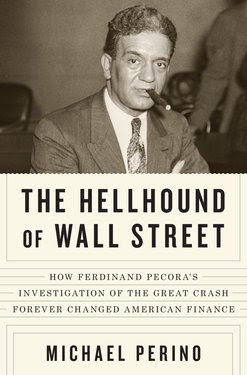 In August 1850 Gerrit Smith and Frederick Douglass organized a two day convention of abolitionists to protest Congressional debate on the proposed Fugitive Slave Act of 1850. 2,000 people attended the meeting in Cazenovia which Ezra Greenleaf Weld captured in the famous daguerreotype image owned by the Madison County Historical Society in Oneida NY. At 2 p.m. on Sunday, August 21, the 151st anniversary of the first day of that Cazenovia Convention, Norman K. Dann Ph.D. and W. Edward Edmonston Ph.D. will present Protest to the 1850 Fugitive Slave Act.
In August 1850 Gerrit Smith and Frederick Douglass organized a two day convention of abolitionists to protest Congressional debate on the proposed Fugitive Slave Act of 1850. 2,000 people attended the meeting in Cazenovia which Ezra Greenleaf Weld captured in the famous daguerreotype image owned by the Madison County Historical Society in Oneida NY. At 2 p.m. on Sunday, August 21, the 151st anniversary of the first day of that Cazenovia Convention, Norman K. Dann Ph.D. and W. Edward Edmonston Ph.D. will present Protest to the 1850 Fugitive Slave Act.
Norm Dann, professor emeritus Morrisville State College, will provide a brief chronology of the events that led to the second of two laws to return escaped slaves, and outline the horrendous intent and the dreadful impact of the law on slaves and free citizens. Dann is the author of Practical Dreamer: Gerrit Smith and the Crusade for Social Reform (2009), a Steward at the Gerrit Smith Estate National Historic Landmark, and a founder and member of the Cabinet of Freedom for the National Abolition Hall of Fame and Museum.
Bill Edmonston holds Ph.D. in Clinical Psychology and taught for four years in the School of Medicine, Washington University (St. Louis) before coming to Colgate University where he taught Neuroscience/Psychology for 29 years. While at Colgate he was named New York Professor of the Year and a National Gold Medalist in the CASE Professor of the Year Awards program (1988). Edmonston also held a Fulbright teaching fellowship (1982) at the University of Erlangen, Germany.
Edmonston has published three professional books, one book on the American Civil War, and two mystery novels. From 1989 to 2005 Bill and his wife Nellie, had a small publishing firm (Edmonston Publishing, Inc.) that specialized in original journals and memoirs of the American Civil War. Learning of the Cazenovia Fugitive Slave Law Convention through the publishing company’s participation in the Annual Peterboro Civil War Weekend, Edmonston became especially curious about two aspects of that convention: 1) The Edmonson sisters, and 2) the lack of a pictorial depiction of the meeting other than the well-known daguerreotype.
The Edmonson sisters, who escaped slavery and who were in attendance at the Cazenovia meeting, had lived in the same area of Montgomery County, Maryland, where Bill’s ancestors had resided and held slaves. Knowing that the family name is variously spelled, Edmonston set upon a search for a possible common ancestor with the Edmonson sisters.
In 2010 Bill created an oil painting of the central figures of the Cazenovia Convention daguerreotype and donated it to the Gerrit Smith Estate NHL. Bill took up painting about a dozen years ago, and paints “whatever strikes my fancy,” including landscapes, seascapes, cityscapes, still-life, people, and trompe l’oeil. Bill’s oil paintings have appeared in shows in Cooperstown, Utica, Old Forge, Albany and other venues in the upstate region. His works are in private collections in Philadelphia, New York City, Virginia Beach, Munich, Germany and the Central New York area.
The public is encouraged to attend the program at the Gerrit Smith Estate National Historic Landmark, 4543 Peterboro Road / 5304 Oxbow Road, Peterboro NY. Admission is two dollars. Students are free. This program is one of a series of programs provided by the Stewards for the Gerrit Smith Estate National Historic Landmark during 2011 and partially supported by a PACE grant from the Central New York Community Foundation. The Gerrit Smith Estate National Historic Landmark and the National Abolition Hall of Fame and Museum are open from 1 – 5 p.m. on Saturdays and Sundays from May 14 to October 23 in 2011.
Admission to each site is two dollars. Stewards and students are free. For more information: Gerrit Smith Estate National Historic Landmark, 4543 Peterboro Road, Peterboro NY 13134-0006 www.gerritsmith.org 315-684-3262 and National Abolition Hall of Fame and Museum, 5255 Pleasant Valley Road, Peterboro NY 13134-0055 www.AbolitionHoF.org 315-684-3262
Illustration: Oil painting created by Bill Edmonston of 1850 Cazenovia Convention organized to protest the Fugitive Slave Bill.







